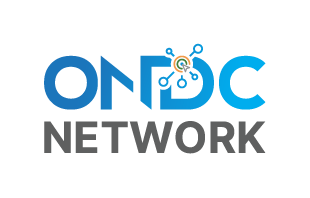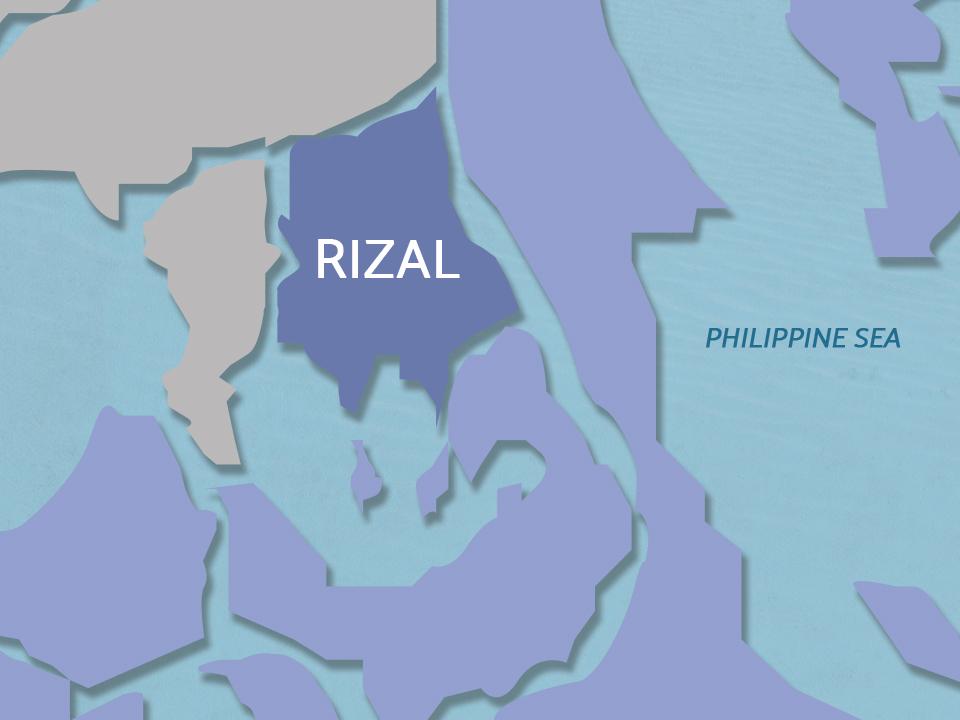After revolutionizing digital commerce, the Open Network for Digital Commerce (ONDC) is now setting its sights on India’s financial services sector. Much like UPI reshaped digital payments in 2016, ONDC aims to democratize access to credit, insurance, and investment—especially for small businesses and underserved communities. If successful, this could become India’s next big fintech transformation.
From Groceries to Loans: ONDC’s Financial Services PlaybookONDC’s new ambitions span three major verticals:Credit & Loans: With its Lending Protocol, ONDC wants to bypass middlemen by linking small merchants directly with lenders. Instead of traditional credit checks, a kirana shop’s ONDC transaction history could act as a real-time credit score. Banks like Axis Bank and fintechs like BharatPe are already piloting instant, low-interest loans on the platform—cutting approval time from weeks to minutes.

Insurance: Through its Insurance Sandbox, ONDC is piloting sachet-sized, dynamic products such as ₹5/day health cover for gig workers. Innovations include embedded insurance—like automatic crop insurance during fertilizer purchases—and usage-based premiums based on real-time behavior, in partnership with players like Policybazaar and Digit Insurance.Investments & WealthTech: ONDC plans to let users invest in SIPs, gold, or government bonds right from their preferred shopping or banking apps (like Paytm or PhonePe).
Regulatory compliance, especially from SEBI, may delay the rollout—but the framework is in motion.Could ONDC Be the “UPI for B2B Finance”?The parallels are striking. Just as UPI unseated Visa and Mastercard’s dominance with real-time, zero-cost payments, ONDC seeks to unbundle banks and fintechs’ grip on credit and insurance.
It’s built on the India Stack—leveraging Aadhaar, Account Aggregators (AA), and UPI to create an open, interoperable ecosystem.UPI (2016)ONDC Finance (2024+)Government PushNPCI, RBIDPIIT, RBI, SEBI, IRDAIDisruption TargetCard NetworksBanks, NBFCs, FintechsKey InnovationInteroperability in paymentsInteroperability in financeValue PropositionFree payments for merchantsLower loan rates, dynamic insuranceBut ONDC’s journey is more complex. Unlike UPI, which had a single overseer (NPCI), ONDC must navigate multiple regulators—RBI, IRDAI, SEBI—each with their own compliance mandates.
Also, real-time lending and embedded insurance require deeper data and risk analysis than simple money transfers.Challenges on the Road to DisruptionONDC’s vision is bold—but it’s not without pitfalls:Data Privacy & Consent: Lenders must not misuse merchants’ transaction history. The Account Aggregator (AA) framework is key to enabling user-consented data sharing.
Fraud Risks: Fake transactions could be used to game loan eligibility. AI-driven fraud detection tools are being tested to flag anomalies.Regulatory Conflicts: RBI’s current lending norms, like mandatory cooling-off periods, clash with ONDC’s instant credit vision.
ONDC is lobbying for sandbox exemptions.Resistance from Giants: Fintech leaders like Paytm, CRED and others already have lending ecosystems—will they integrate with ONDC or resist it?What’s NextCountries like Brazil (with Open Banking) and China (via Ant Group’s Huabei) offer key lessons. While Ant over-centralized and triggered a crackdown, Brazil’s API-driven model proved that open finance can thrive in emerging markets.
ONDC must find the right balance between scale and decentralization to succeed. While the pilots for loans and insurance were initiated in 2024, ONDC is expected to rollout these services in 2025 subject to regulatory approvals. Considering that ONDC itself is a state sponsored organization, it will be interesting to see if the regulatory authorities – RBI, IRDAI, SEBI fast track the approvals or will the infamous crony-capitalism that India is known for, intervene and delay the same.
The stakes are high. For instance, will the Government agree to making ONDC registration mandatory on its GeM platform? Will it give it the push vis-à-vis the PSUs and their digital financial transactions?At one level, ONDC has the potential to completely transform the financial services for the 80M MSMEs, the underserved markets both in the urban as well as in semi-urban India and break the monopoly that the banks have over the sector. At another level, ONDC is a threat to the entire banking sector and if it were to be successful, it could redraw the entire financial landscape of Indian business.
The post ONDC’s Next Frontier: Can It Disrupt Digital Financial Services Like UPI Did for Payments? appeared first on CXOToday.com..
Top

ONDC’s Next Frontier: Can It Disrupt Digital Financial Services Like UPI Did for Payments?

After revolutionizing digital commerce, the Open Network for Digital Commerce (ONDC) is now setting its sights on India’s financial services sector. Much like UPI reshaped digital payments in 2016, ONDC aims to democratize access to credit, insurance, and investment—especially for small businesses and underserved communities. If successful, this could become India’s next big fintech transformation. [...]The post ONDC’s Next Frontier: Can It Disrupt Digital Financial Services Like UPI Did for Payments? appeared first on CXOToday.com.











